BSBLDR501 Develop and Use Emotional Intelligence Sample Assignment
BSBLDR501 Develop and Use Emotional Intelligence
Assessment Task 1
Gather content for, plan, write and submit a reflection on your own emotional intelligence in accordance with quality specifications:
1. Use at least one appropriate tool or methods to identify your own emotional strengths and weaknesses. Options include, for example:
- Personal SWOT analysis
- Workplace 360 evaluation
- Online emotional intelligence test
Online emotional intelligence test was done and the print screens are shown below:
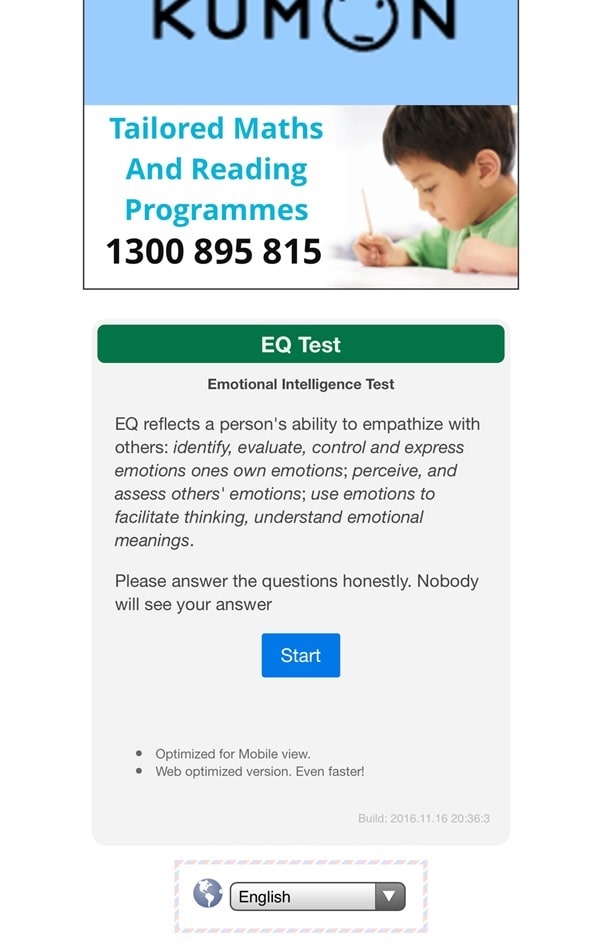
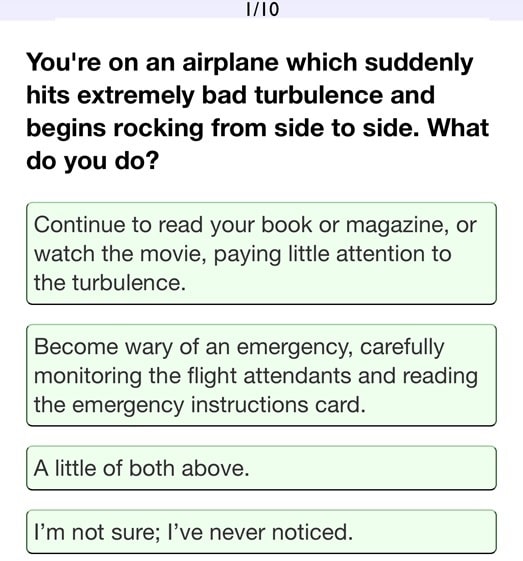
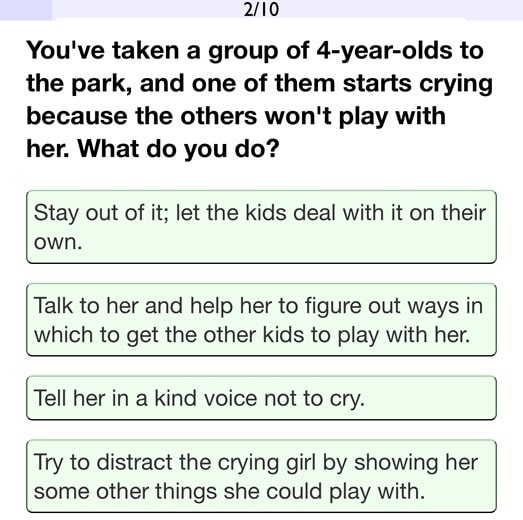

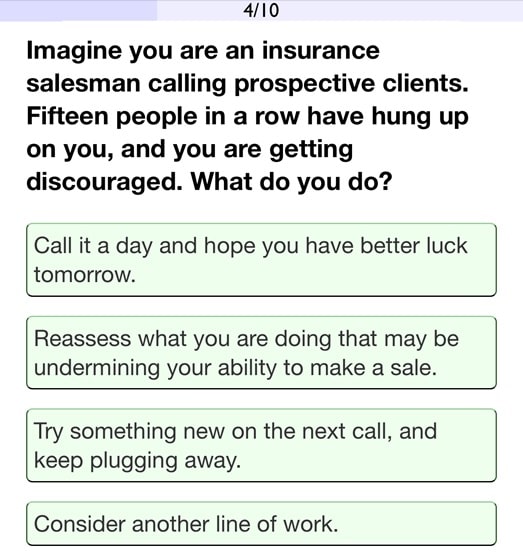
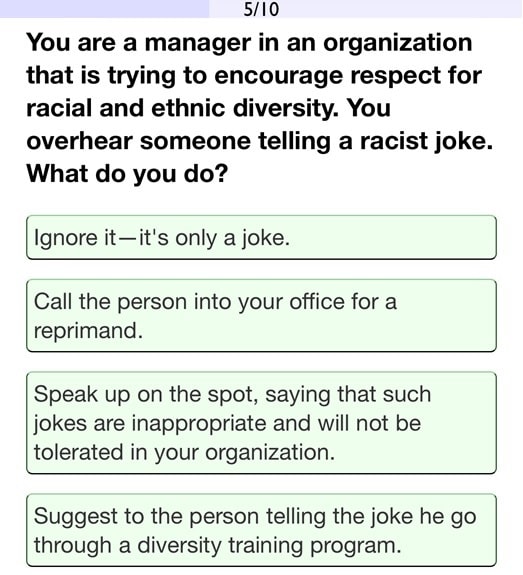
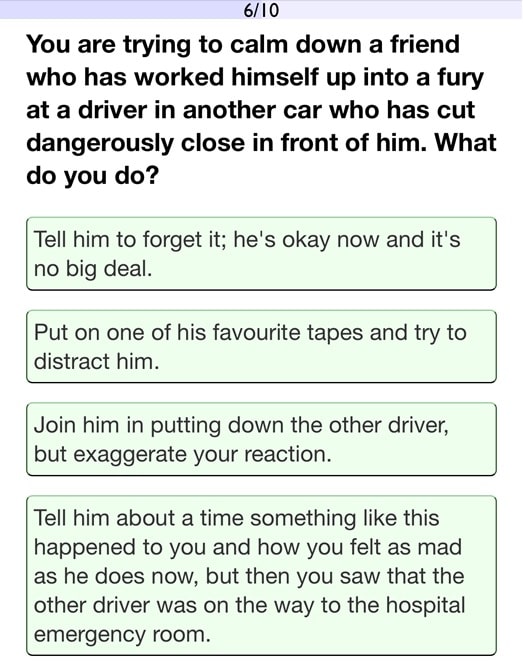
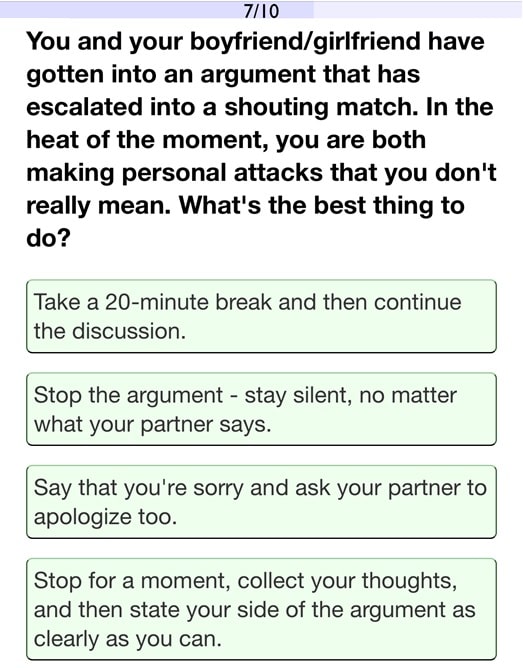
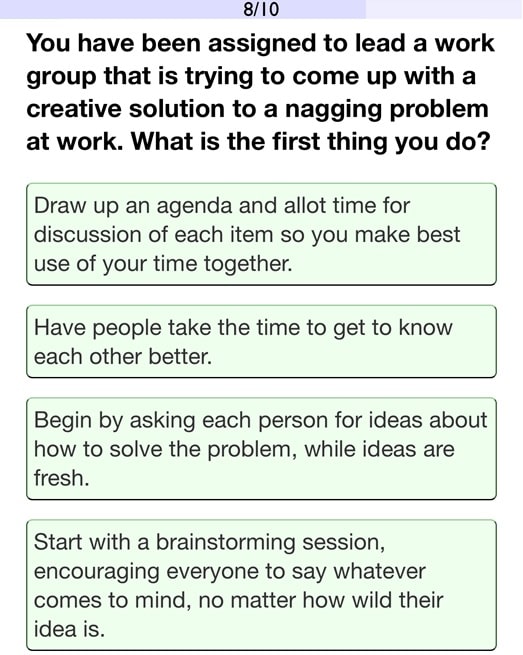
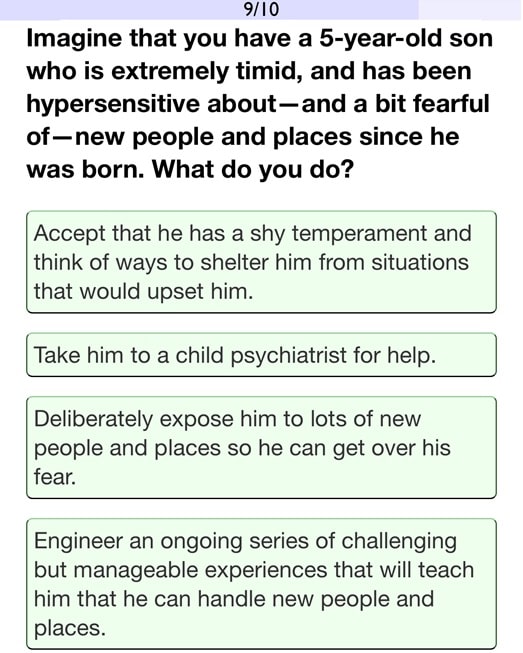
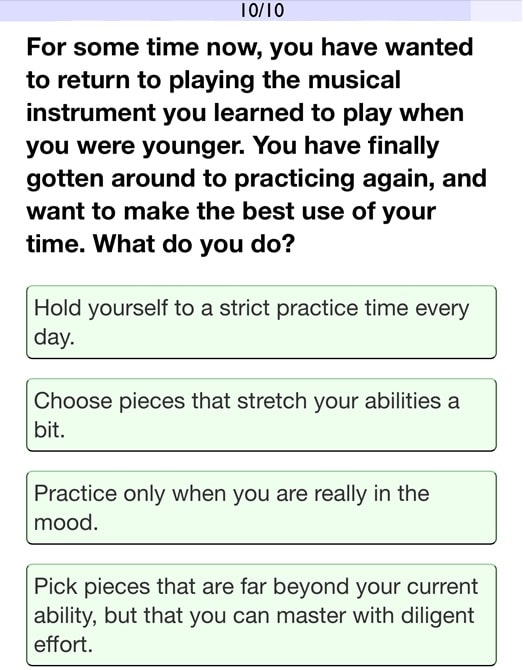
2. Identify at least three instances where you have felt stressed or experienced a negative emotional state at work. For each instance, consider the precise context, causes and your response.
First instance:
The circumstance: Too many concurrent projects at work affecting own work and personal life.
Having just been assigned to a new job in a large construction company, my responsibilities involve gathering information about materials to be used at a construction site, coordinate several contractors from different organisations and write reports of different construction sites at the end of the day. Part of the role is to be in constant communication with the different contractors and keep them up to date on project and on any project-related changes at all times.
At first, I was able to do well and make sure every participant was informed and kept up to date with their concerned projects, and I was also able to contribute to the development of some specific projects. However, as each project moved into a critical planning phase, I soon found out it was quite difficult to stick to my own work schedule as well as my personal life. The different contractors have each been requesting documents and information outside office hours and meetings, which led to not being able to complete my own work. Over time, this affects my personal life and led to trouble sleeping and been consistently late to work. At one point, I lost confidence in myself and my capacity to perform well was diminished.
Soon enough, I was aware of the criticism towards my performance from different colleagues and decided to pay attention to others through listening and reading how they would approach me with handing me work. I started to keep a journal in which I listed several situations that caused frustration or stress and decided to deal with these situations in a positive and effective manner. I started to remain aware of feelings at all time and paid attention to how I constantly felt whenever I was not able to hand in a work before a deadline. When I was not able to communicate the necessary information to a contractor, I admitted my mistake and assured the former would get his work on time. Over the next phase of the different projects, by keeping a journal and remaining aware of my feelings, I was able to boost my performance to what it was at the beginning and clocking in early at work.
Second instance:
The circumstance: Feeling of inadequacy
After 6 months at the construction company, most of the projects were sailing smoothly towards completion and my responsibilities diminished as each project completed. I was described at work as trustworthy and always completing the job and I was able to develop positive relationships with many of my fellow colleagues.
Part of my responsibilities involved attending weekly meetings. In one particular meeting I put forward the idea of implementing a new strategy within the organisation to ensure that a future project, done by different contractors, met with no issues when conveying information to the different parties. The manager quickly dismissed the suggestion due to a lack of resources and ongoing projects. The manager refused to listen despite putting much effort in putting a presentation together for a new strategy.
After the meeting, I sent an email to the manager requesting he takes a look at the presentation. The email was ignored and I did not receive any replies. I unwillingly and unknowingly took the response personally and began to feel unappreciated and less confident in my abilities. By bottling up my emotions, I had trouble finding a balance in the workplace and the colleagues noticed a change in mood and it was hard to stay enthusiastic around me.
Soon enough I was aware of how I impacted the mood of my colleagues at work and did everything to make things better. I emailed the manager for a face-to-face meeting in order to resolve the conflict between us by diffusing tension I had and remaining focused on the matter at hand. I also started to understand my goals and thoughts at work in order to better communicate with others.
Third instance:
The circumstance: Group conflict
I had recently taken over a project that required me to work in a small group of colleagues that I have been placed in charge of. One colleague, Joe, is worried that I’ll ignore all his ideas and suggestions and favour instead another colleague’s, Stacy, ideas and suggestions. At first, there were no issues, but then there was a slow start in productivity concerning the project. After talking with other colleagues, I found out that in previous projects where Joe and Stacy worked together, Stacy was favoured most of the time over Jim. In order to avoid any conflict that may occur, I gave time to all members of the group to voice out their ideas, concerns, and suggestions. I remained attentive and made insightful comments and offered suggestions. By being actively involved in all the discussion, I made sure that every member understood that everyone’s opinions and ideas mattered.
Unfortunately, as the project started progressing, I found myself going more with Stacy’s suggestions. This led to things heating up between Joe and Stacy. At first I separated the two and took Joe aside and asked him to calmly explain why he thought his suggestions are better than Stacy’s. I paid close attention to what was said and made sure my facial expressions or posture did not give Joe the idea he was being undervalued or unappreciated. He did make a valid suggestion but unfortunately I had to be firm about what was best for the project. I encouraged him to keep brainstorming on this project as well as future projects.
3. Identify at least two causes or triggers of your own personal emotional states at work. Identify how you can use awareness of such triggers to control your responses and achieve positive outcomes, especially with respect to your own impact on others and their work performance.
Two causes or triggers are:
- Fear of not being as good as someone else
- Fear of being abandoned
Controlling emotions means recognising them and developing strategies to act on them when appropriate, not randomly and uncontrollably whenever you feel like it. Take control of your life by taking control of your emotions. To control responses and achieve positive outcomes, awareness can be identified as follows:
- Understand what causes your emotions
- Recognise that emotions are not random
- Be aware of what you were thinking when the emotion began
- Make choices
- Change your outlook
- Discard upsetting thoughts and negative emotions
- Eliminate many negative core beliefs about yourself
- Avoid negative ideas that come from feeling inadequate
- Avoid negative ideas that come from fear
- Avoid negative ideas that come from other complex emotions
- Ask yourself about what kind of relationship do you have with your emotions.
4. Identify at least one instance of modelling workplace behaviours that demonstrate management of emotions as an example for others to follow.
Behaviour modelling in the workplace, a component of social learning theory, is the act of showing team members how to do something and guiding them through the process of imitating the modelled behaviour. Behaviour modelling is important for helping team members develop desired behaviours and to prepare to apply those behaviours in various situations. One instance is to model a behaviour pattern for how team members should answer the phone and they practise it multiple times, they will code that pattern into their brains. In the future, the same pattern of speech will function as a guide for action.
5. Identify three actions you will take to improve your own emotional intelligence on the basis of self-reflection or feedback from others. Reflect on emotional intelligence principles and strategies to justify your proposed actions
Three actions taken to improve my own emotional intelligence are:
- Identify
- Recall a situation I encountered in my work or personal life that I believed could have dealt with more effectively.
- What happened?
- When and where did the situation occur?
- Any other thoughts I have about the situation?
- Reflect
- How did I behave?
- What thoughts did I have?
- How did it make I feel?
- Were there other factors that influenced the situation?
- What have I learned from the experience?
- Theorise
- How did the experience match with my preconceived ideas, i.e, was the outcome expected or unexpected?
- How does it relate to any formal theories that you know?
- What behaviours do oyu think might have changed the outcome?
Assessment Task 2
Appendix 1: Case study- Australian Hardware
Appendix 2: Question 1
In your written response to the above scenario:
1. Describe what you think is the best way to respond to the Store Manager’s behaviour. Describe how you would model positive leadership behaviour.
Conflicts and disagreements are inevitable in personal and professional relationships. The best way to respond to the Store Manager’s behaviour is as follows:
- Stay focused in the present
- Choose my arguments
- Forgive
- End conflicts that cannot be resolved.
Behaviour modelling is the act of showing team members how to do something and guiding them through the process of imitating the modelled behaviour. It is important for helping team members develop desired behaviours and to prepare to apply those behaviours in various situations. I would model a behaviour pattern for how team members should communicate effectively among themselves and with customers using playful communication such as humour, laughter and play as these factors broadens emotional intelligence. I would put different systems into place so that team members know what behaviours are expected and when they should be applied. In order to follow the expected behaviours, I would use methods such as compensation. Bonuses , team member recognition or better work assignments and promotions, to reward their performance.
2. Describe the principles of emotional intelligence that the Store Manager did not demonstrate
The principles are:
- Self-awareness: This is having the ability to know one’s emotions, strengths, weaknesses, drives, values and goals and recognise their impact on others while using gut feelings to guide decisions.
- Self-regulation: This involves controlling or redirecting one’s disruptive emotions and impulses and adapting to changing circumstances
- Social skill: This is being able to manage relationships to move people in the desired direction.
- Empathy: This is having consideration for other people’s feelings especially when making decisions.
- Motivation: This is about being driven to achieve for the sake of achievement.
3. Describe how the Store Manager should have acted and communicated
Understanding the mental state of co-workers is a crucial skill that enables appropriate and useful emotional response in any situation. The store manager should have shown empathy, understand the other’s situation, perspective and feelings. She should have communicated that understanding and check its accuracy.
The store manager should have contacted the head office who is the one responsible and has the capability to raise the revenue by marketing and distribution innovations.
She should learn to overcome her stress by remaining emotionally aware.
4. Describe the connection between the Store Manager’s behaviour and store morale. Describe what effect the Store Manager’s behaviour could have on store performance.
The store morale is that the success of the business rests on its people, Managers should build effective teams by responding to the needs of employees. Managers should demonstrate keen emotional awareness and promote positive team-building behaviours in others. The Store Manager, by yelling at the department managers, has weakened her relationships with them and this can lead to poor performance. The atmosphere around the store and in the management team can be unpleasant; a few managers could discuss the possibility of leaving the organisation. Her behaviour have created unnecessary concern about job security and undermined trust.
Question 2
1. Provide at least two examples of possible misinterpretations of expressions or behaviour that may arise in the context of a diverse workforce.
Cultural differences may affect behaviours. A foreign born, religious person may not participate in social parties and be comfortable as is a person from the Australian culture,
In Australian culture, suppression is disapproved. Keeping emotions inside is viewed as being insincere as well as posing a risk to one’s health and well-being. In Japanese culture, however, emotions reflect relationships in addition to internal states. Therefore unlike Australian culture, expression of emotions is often discouraged, and suppressing one’s individual emotions to better fit in with the emotions of the group is looked at as mature and appropriate.
2. Describe how you would explain to the employee who came to you with the issue how cultural expressions may be misinterpreted- and have been in this case.
Some emotions show considerable cultural differences in their antecedent events, the way they are experienced, the reactions they provoke and the way they are perceived by the surrounding society. Emotion’s components are universal, but the patterns are social constructions.
Research suggests that cultural contexts behave as cues when people are trying to interpret facial expressions. In everyday life, information from people’s environments influences their understanding of what a facial expression means. People from different cultural backgrounds allocate their attention very differently. This means that different cultures may interpret the same social context in very different ways.
3. Discuss how the team can raise their awareness of cultural expression and promote effective communication to avoid misunderstandings in order to resolve the differences.
Exploring cultural context is the key. Culture is not static. As the culture continue to evolve it is necessary to capture these changes.
The teams can raise their awareness by:
- Focusing on the other person
- Making eye contact
- Pay attention to nonverbal cues
The team should be aware that emotional expression differs from culture to culture. Displays of emotion may also differ between team members depending on the culture, the family, and the circumstances. It is important to be aware that team members may bring into the workplace different ways to respond to and display emotion, based on what is normal behaviour in their families and communities.
Question 3:
1. Describe how you would set aside your own emotions to focus on and identify how the employee (probably) feels. Refer to relevant principles of emotional intelligence.
The team needs to be aware of other’s feelings, to be empathetic. Team members who display skills in empathy are good listeners, are sensitive to other’s needs and feelings, and treat others with respect. Empathy is a prerequisite for social problem-solving and conflict resolution. Leaders can help team members develop empathy by providing opportunities to put themselves in one another’s shoes, to take on and understand different perspectives, and to take responsibility for their actions.
2. Describe how knowledge of, for example, learning styles, personality types or communication styles, might be able to help you relate to and understand the employee better and adapt your response.
Emotionally safe workplaces can be developed with purposeful action by including instructions on EI skills, attitudes and values, relationships, and work/community responsibility. This kind of program would support team members’ emotional development through activities in which mentors or business professionals or more experienced workplace personnel serve as role models for team members and provide team members with positive reinforcement for the skills they learn. Not everyone finds expressing their feelings easy or having it come naturally. While the stereotype is that men have the hardest time expressing their emotions, everyone at one time or another in their life may find it difficult to say how they feel.
3. Describe how you could use your awareness of your own feelings and those of the employee to adapt your response so that the following needs are satisfied:
- Your needs ( emotional needs, need for team cohesiveness, need to meet performance standards)
I need to understand how my own EI influences the workplace. I should demonstrate how to express emotion and manage relationships when I communicate my feelings to team members and show how to build respectful relationships with others. I can create emotionally safe workplaces by affirming team members’ accomplishments in non-competitive ways, encouraging self-confidence, providing opportunities to take risks without penalty and giving thoughtful feedback.
- Employee’s needs ( emotional needs, need to develop and perform within a team environment)
I can foster positive relationships with the employee by conveying respect and compassion for him or her, by listening carefully to him, and by responding to his needs or feelings.
Question 4:
1. Describe the relationship between emotionally effective people and the attainment of business objectives
Team members who are emotionally effective attain successfully their business objectives. Team members also boost their positive emotions as they increasingly use their strengths. The more hours per day adults use their strengths, the more likely they are to report having ample energy, feeling well-rested, being happy, smiling or laughing a lot, learning something interesting, and being treated with respect. The benefits of being able to maximise their strengths lead not just to higher engagement levels and a better career, but also a better life.
2. Identify policies, procedures, or legislation that will need to be adhered to in order to satisfy internal and external requirements related to managing emotions in the workplace.
The policies, procedures and legislation that will need to be adhered are:
- Recruitment policy
- Anti-discrimination policy
- Remuneration and performance Appraisal policy
- Performance Management Policy
- Disciplinary Policy
- Grievance Policy
- Privacy Policy
- Customer service policy
- Procurement Policy
- Work Health and Safety (WHS) Policy
- Sustainability
- Financial policies
3. Describe how OHS/WHS legislation is relevant to how managers implement business decisions.
The purpose of this policy is to ensure that work is carried out safely in accordance with Australian Hardware’s ethical and legal obligation to provide and maintain a safe workplace. Australian Hardware recognises its responsibility to provide a healthy and safe working environment for employees, contractors, clients and visitors. Australian Hardware is committed to the continued wellbeing of its employees and to ensuring that all employees are safe from injury and health risks whilst undertaking work-related duties, including home-based work.
Assessment Task 3
Appendix 2: Coaching planner (GROW MODEL)
Coaching is an interactive process that helps another person improve, learn something, or take performance to the next level. It is a way to get the most out of employees. An introduction of the session should be made positively to start the process and making sure that the employee sees the coaching program as a privilege and reward, and that they are open to being coached. The coach needs to understand the needs of an employee. In this situation, Pat needs to be coached to improve himself on his performance in terms of peer and manager evaluation, revenue generated through sales assists, the training/self-development hours. In this case, being the coach, I build Pat’s awareness of emotional intelligence and weaknesses and strengths. I demonstrate a results orientation by encouraging Pat to see new possibilities, setting goals for improvement or growth, showing him how his performance impacts the entire team. I also act as a thinking partner by listening deeply and with empathy. I also help Pat to think through issues and identify what he needs to do. I help him by drawing ideas and knowledge, by asking questions and reframing when he makes incorrect assumptions. I also expect to encourage new behaviours in Pat by using brainstorming ways to overcome his performance obstacles and encouraging him to stretch his skills.
In the next phase, I attempt to be sensitive to timing and providing advice to Pat when he is open to hearing it. I show him ways of doing things in a caring and candid manner. Lastly the demonstration of respect is the useful tool used to devote full attention to Pat and maintaining confidentiality.
|
Coaching phase |
Activities/questions |
|
Introduction |
Summarise the reasons for the coaching session from your point of view: 1. Understand the needs of Pat in terms of his performance 2. Staff development 3. Performance related to the revenue generated through sales assists 4. Performance in terms of peer evaluation 5. Performance related to training/self-development 6. Performance in terms of both peer and manager evaluation. Ask Pat for input, to describe own perspective: 1. What is his own performance 2. What is his personal situation 3. His obstacles to performance 4. His feelings and job satisfaction |
|
Goal |
Ask questions to establish Pat’s understandings of performance expectations, personal goals and aspirations: Set goals for improvement Goal is to reach personal, professional and team success His awareness of performance shortcomings Use reflective learning- keeping a journal: identify, reflect, theorise, conceptualise |
|
Reality |
Ask questions to establish understanding of the 1. The real gap between Pat’s performance and expectations/performance goals Ask him to choose one behaviour that will have significant impact on performance, and clarify goals 2. Potential obstacles to achievement, such as Pat’s EI skills and personal/work situation: Fear of conflict Emotional perfectionism Fear of disapproval and rejection Passive-aggressive behaviour Hopelessness Low self-esteem Martyrdom Need to solve problems Mind reading |
|
Options/Opportunities |
Ask questions to help Pat generate options or opportunities to help achieve goals and close performance gaps Try to be specific rather than general about how you feel Specify the degree of the feelings, and you will reduce the chances of being misunderstood When expressing anger or irritation, first describe the specific behaviour you do not like If you have mixed feelings express each feeling and explain what each feeling is about: talk it out, write it down, discharge sadness, discharge anger |
|
Will |
Ask questions to establish Pat’s willingness to agree to concrete and time- bound measures to improve performance Pat receives feedback/data about his performance improvement Encourage Pat to do his best |


